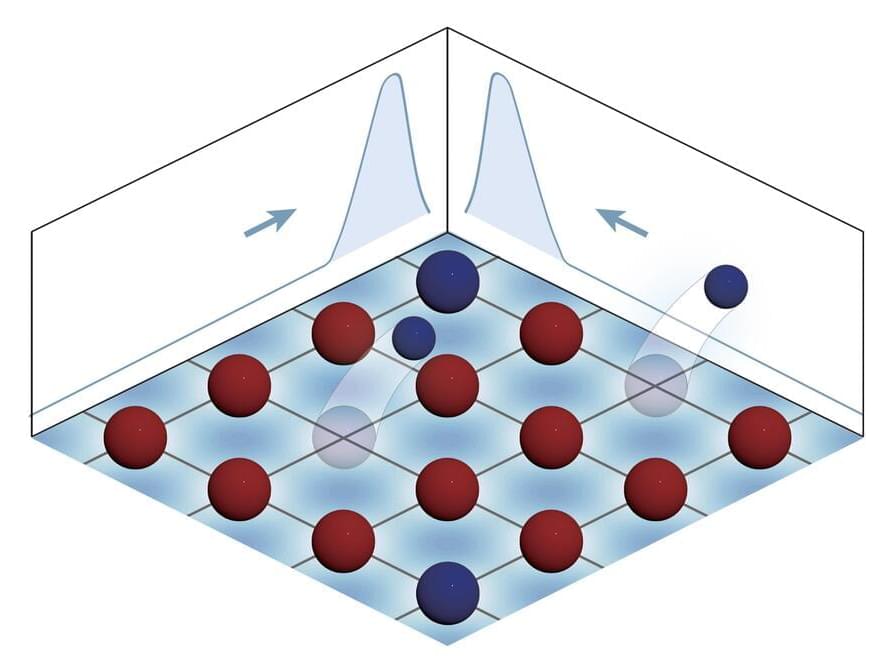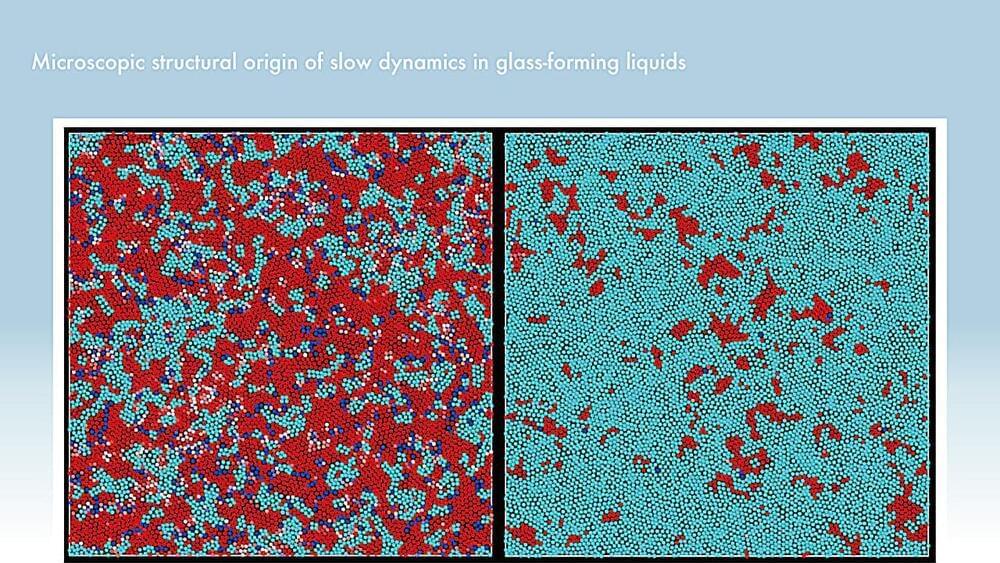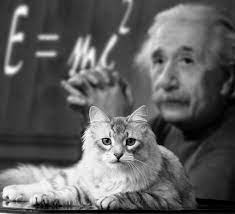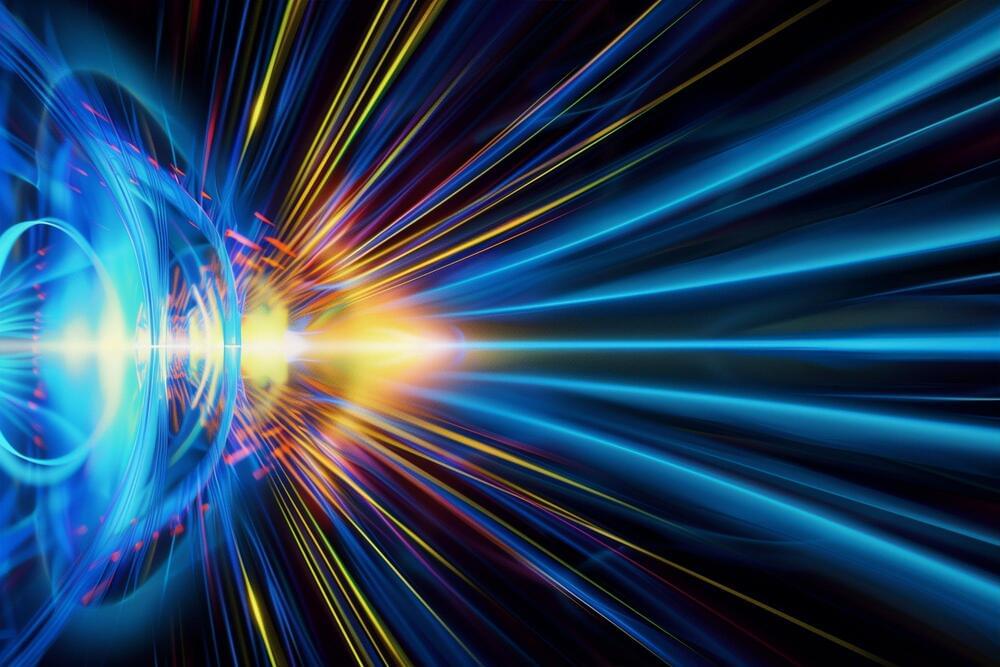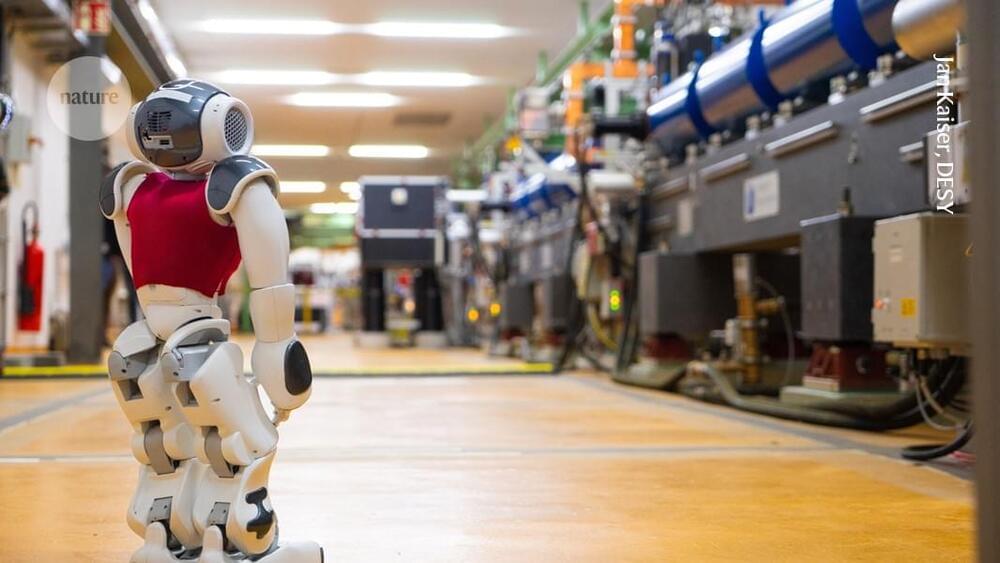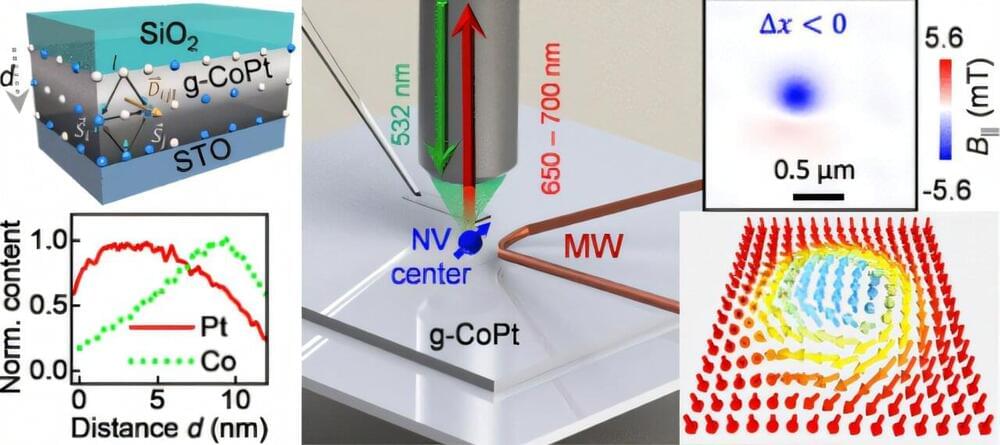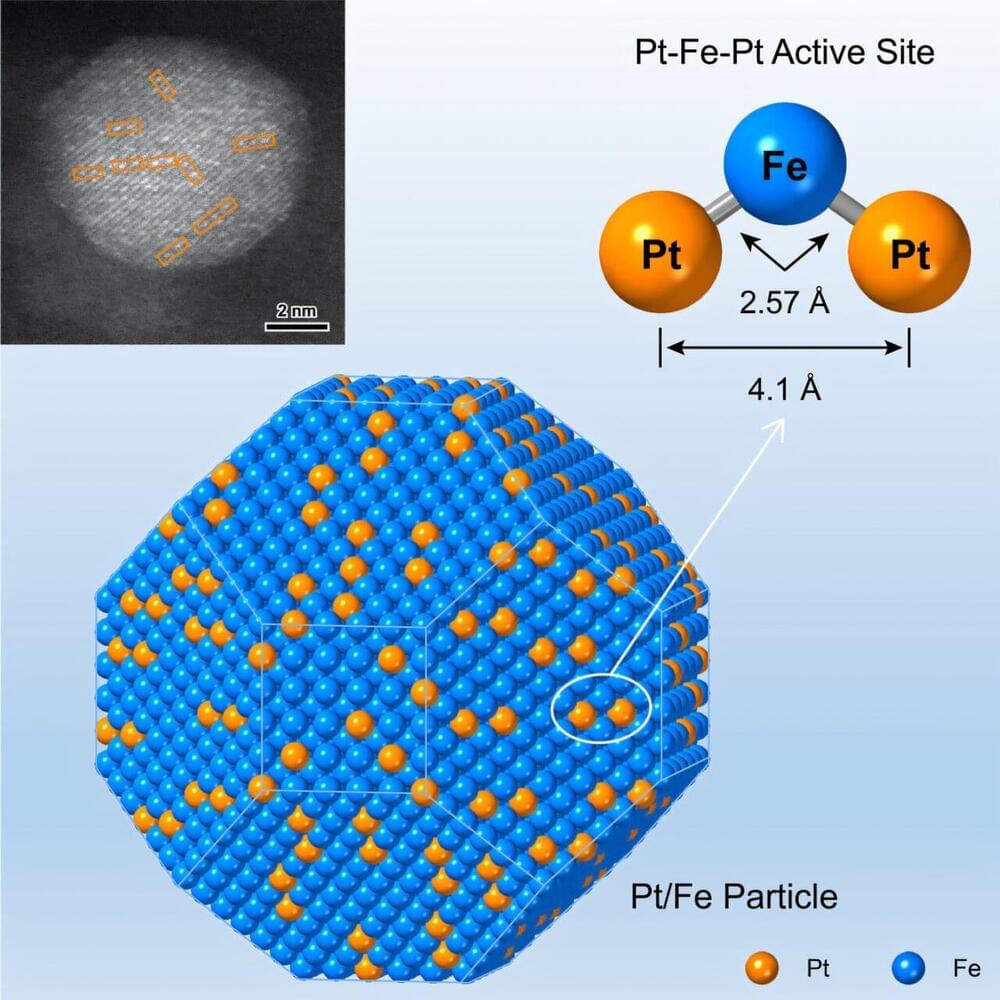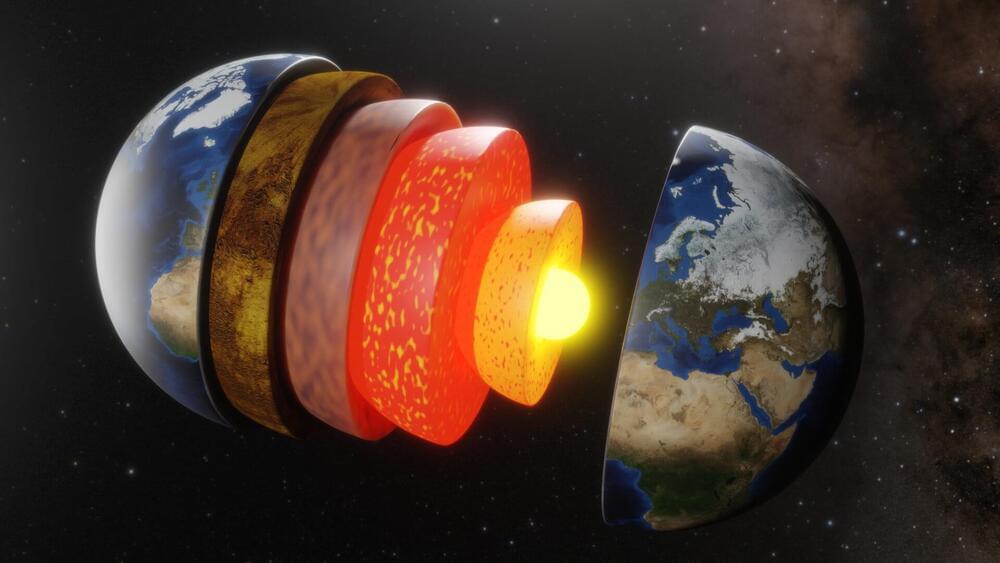A research team led by The Hong Kong University of Science and Technology (HKUST) has achieved a groundbreaking quantum simulation of the non-Hermitian skin effect in two dimensions using ultracold fermions, marking a significant advance in quantum physics research.
Quantum mechanics, which typically considers a well-isolated system from its environment, describes ubiquitous phenomena ranging from electron behavior in solids to information processing in quantum devices. This description typically requires a real-valued observable—specifically, a Hermitian model (Hamiltonian).
The hermiticity of the model, which guarantees conserved energy with real eigenvalues, breaks down when a quantum system exchanges particles and energy with its environment. Such an open quantum system can be effectively described by a non-Hermitian Hamiltonian, providing crucial insights into quantum information processing, curved space, non-trivial topological phases, and even black holes. Nevertheless, many questions about non-Hermitian quantum dynamics remain unanswered, especially in higher dimensions.
